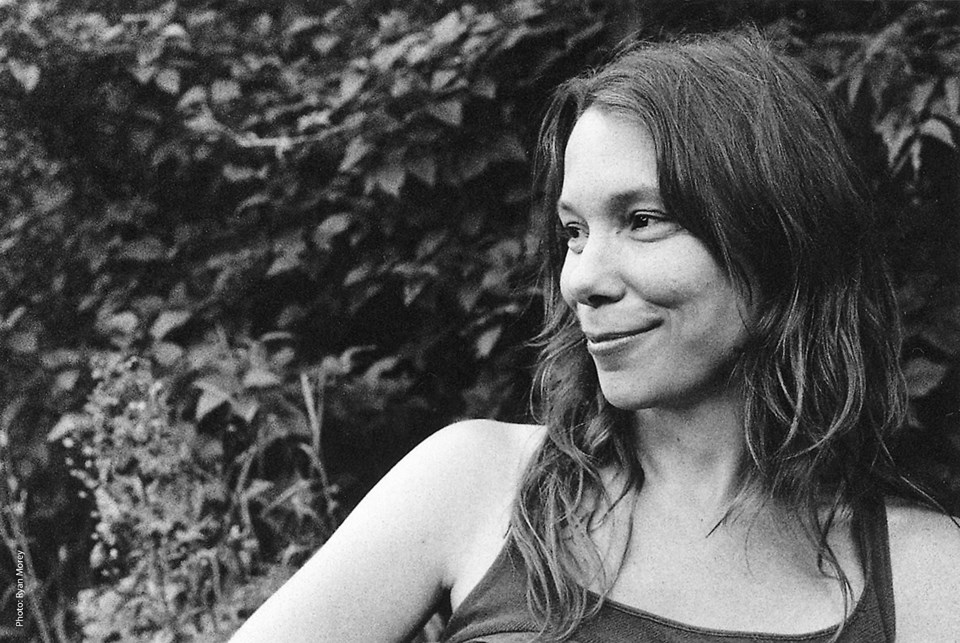Danse Lhasa Danse, Saturday, Jan. 18, 8 p.m. (pre-performance talk at 7:15 p.m.) at UBC's Chan Centre for the Performing Arts. Part of the PuSh International Performing Arts Festival. Tickets from $36 at ticketmaster.ca.
It was supposed to run for one night only, but two years and more than a dozen performances later Danse Lhasa Danse continues to fill theatres.
"The reaction was so strong," creator Pierre-Paul Savoie says of the multi-arts production's debut performance at the 2011 Coup de Coeur Francophone music festival in Montreal.
"There is a lot of meaning in it," he continues. "That's why I think it's still on."
The show melds music and dance in a tribute to New York-born, Montreal-based folk singer and musician Lhasa de Sela, who died of breast cancer on New Year's Day 2010 at the age of 37. Following performances in Toronto, Montreal, a tour of Quebec and the Maritime provinces, Danse Lhasa Danse is making its first tour of Western Canada this month. It stops at UBC's Chan Centre for the Performing Arts on Jan. 18 as part of the annual PuSh International Festival of the Performing Arts. Savoie, the artistic director of Montrealbased PPS Danse, will be giving a pre-show talk to introduce his muse.
Commonly known by her first name alone, Lhasa was raised in Mexico and the United States and divided her adult life between Canada and France. She released three albums over the course of her musical career, the first of which, La Llorona, went platinum in Canada and won a Juno Award for Best Global Album in 1998.
Savoie was shocked to hear the news of her death.
"When she died it was for me a surprise because I didn't even know she was sick."
He was a fan of her work before her untimely passing, he says, but it wasn't until she died that he really listened to her music in depth. Themes of love, life and death became apparent and, for Savoie, the songs conjured up images of what leaving this world might look like.
"It touched me deeply," he says.
So, he set out to create a tribute to Lhasa's life and career through song, instruments and dance. Danse Lhasa Danse features seven Canadian dancer/choreographers, four singers (Bïa, Alexandre Désilets, Alejandra Ribera, Karen Young) and five instrumentalists - including some of Lhasa's former bandmates.
"My goal was to make her work resonate further in time and to be able to be acknowledged by new audiences."
Savoie estimates about half the people who have watched the show so far were unfamiliar with Lhasa going into the theatre. But they still walked away moved by the homage, he says.
"Her story is a universal story, it's all our stories, living and dying."
He says Lhasa's lyrics poetically, spiritually and philosophically answer difficult questions related to existence.
"It's a wonderful gift to humanity because those subjects are taboo in our society," Savoie says, "but she was able, through her music, to make us realize important matters."
In Danse Lhasa Danse, live singers and instrumentalists take the stage to deliver their own unique renditions of the music Lhasa originally created. Songs are sung in English, French and Spanish.
Accompanying the music is dance. Several choreographers, including Savoie, have collaborated to create a diverse lineup. From flamenco to neoclassical ballet, from Bharatanatyam to contemporary, Savoie says the choreography has an "international flavour."
The dancers, vocalists and musicians do not perform side-by-side, as they might in another multidisciplinary production. Instead, Savoie strives to merge the performances into one voice by integrating the artists onstage.
"I really insist in the direction to make people look at each other, not to the audience," he explains. "When you're seeing the dancer, they're related to the voice, they're related to the music, they're in eye contact relationship."
The finished production, he says, has universal appeal.
"It's for all human beings who are interested to know about themselves," he says, adding, "I think the show is looking like Lhasa. It's not her, but it's her spirit."



